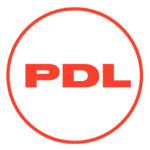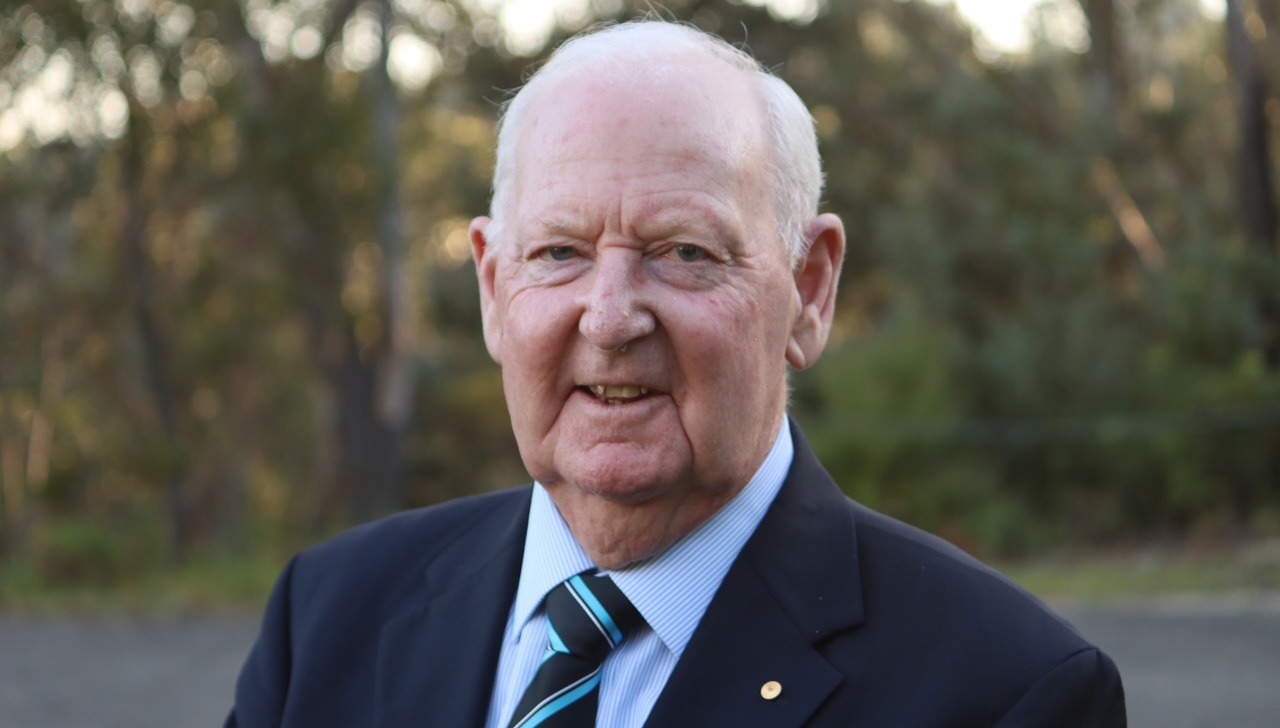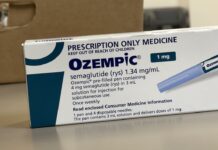Case scenarios

Dimitri, a 45-year-old male, presents to the pharmacy with a prescription for quinine 300 mg, one at night. He asks to speak with you, the pharmacist, and explains that he read online that quinine is used for malaria. He is concerned that he might have been prescribed the wrong medicine. You ask Dimitri what his medicine was prescribed for, and he explains that he needed a medicine to help with his leg cramps at night. He has no other health conditions.
Introduction
Off-label use of medicines is an accepted part of pharmacy practice. Off-label prescribing is defined as the prescribing of a medicine for an indication, dose, route or patient group outside that approved by the Therapeutic Goods Administration (TGA) for a specific listed product on it’s register of therapeutic goods.1 The term off-label use is often used interchangeably with off-label prescribing. Off-label use is not restricted to prescription medicines but may also extend to non-prescription medicines and medical devices. Off-label use of medicines is also a form of medicine repurposing.2
Learning Objectives |
THIS IS A CPD ARTICLE. YOU NEED TO BE A PSA MEMBER AND LOGGED IN TO READ MORE.




 Now a PhD candidate, former Sudanese refugee and NSW Pharmacist of the Year
Now a PhD candidate, former Sudanese refugee and NSW Pharmacist of the Year  David North OAM
David North OAM NSW Early Career Pharmacist of the Year Lily Pham
NSW Early Career Pharmacist of the Year Lily Pham










